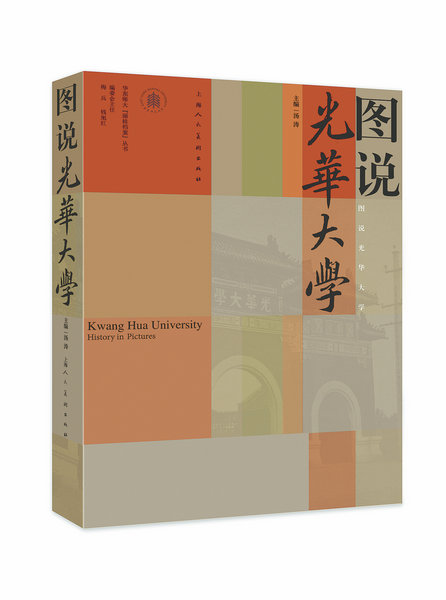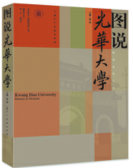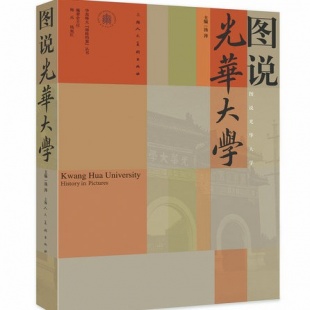Commemorating the celebration of century legacy


It's a once-in-a-century celebration of a century-long legacy. Kwang Hua University, a predecessor of Shanghai's East China Normal University, is celebrating the 100th anniversary of its establishment this year.
Exactly one century ago, the May 30th Movement took place in Shanghai, marking the beginning of a nationwide revolutionary upsurge against imperialism and warlords. Amid war and social turbulence, nearly 600 patriotic students and teachers declared independence from what was then St. John's University and embarked on an epic journey of education while striving to save the nation.
A book compiled by East China Normal University's archives published this May marks the special anniversary. It features over 800 historical photos restored with artificial intelligence to transport readers to this eventful period at Kwang Hua University.
From 1925 to 1951, the university featured a free, open, inclusive and diverse academic atmosphere. Notable teachers taught there, including Chinese writer Lu Xun (1881-1936), poet Xu Zhimo (1897-1931), historian Lyu Simian (1884-1957) and scholar Hu Shi (1891-1962), as well as professors from the United States, the United Kingdom, Germany and France. During those 26 years, it cultivated over 14,000 talented individuals in various fields.
Head of archives Tang Tao recalls the legacy of Kwang Hua University's first president, Zhang Shouyong, who served in this position for 20 years.
He explains that Zhang's family's education and overseas studies made him clearly realize the gap among nations' development, while his experience working in the government deeply disappointed him.
Zhang was committed to changing the educational landscape at that time, when over 90 percent of the population was illiterate.
A large number of Kwang Hua University teachers and students made names for themselves during this period, especially for their contributions during the Chinese people's War of Resistance Against Japanese Aggression (1931-45).
After the September 18 Incident in 1931 that marked the war, the university's students set up a special committee and periodical to raise funds and awareness.
Professor Tian Han (1898-1968) created the storyline for the film, Children of Troubled Times, in the winter of 1934 and continued to write the lyrics for March of the Volunteers as the film's theme song, which later became New China's national anthem.
The university's campus was almost bombed out during the war resisting Japan's invasion. While the faculty persisted in running the school and fostering talent at changing locations — mostly throughout Shanghai, its students spread across the nation and consistently contributed to victory.
Wang Daohan, who enrolled in the university in the spring of 1937, returned to Anhui province after the start of the war to promote resistance. In October that year, he joined 28 family members and comrades from the same branch of the Communist Party of China to march to Yan'an, Shaanxi province, to support the CPC. Nearly all of them later became local officials countering Japanese forces in various regions.
In 1939, the university also launched a CPC branch. Leading students in diverse movements against the civil war, and to fight for democracy and liberation, it played a pivotal role in the complete preservation of the university and the liberation of Shanghai.
The university was also a critical force in saving the ancient classics and traditional Chinese culture, protecting thousand of treasures from enemy hands or destruction.
"The footprints of Kwang Hua University is actually a microcosm of the historical development of Chinese society and the history of the War of Resistance Against Japanese Aggression," says Tang.
It was difficult to restore these photos, since many are blurry, creased, scratched or torn. AI rendered them vividly.
"We usually preprocess the photos first, and then repair and delicately restore them manually. The whole editing process has given me a chance to have conversations with history, heroes and patriotic scholars, which has inspired me a lot," says Zhang Naiyong, Shanghai People's Fine Arts Publishing House's editor of the book.
She adds that old photos can present this history to younger generations and make the stories behind them more accessible to youth, especially if they are turned into videos and other visual formats using technology.
East China Normal University is also hosting an exhibition with the same theme at its downtown campus until July 22.
Tang hopes the story of its predecessor institution can inspire educators and the younger generation to inherit the spirit of their forbearers, stay committed to running good schools despite challenges and cultivate talent for national development.







































